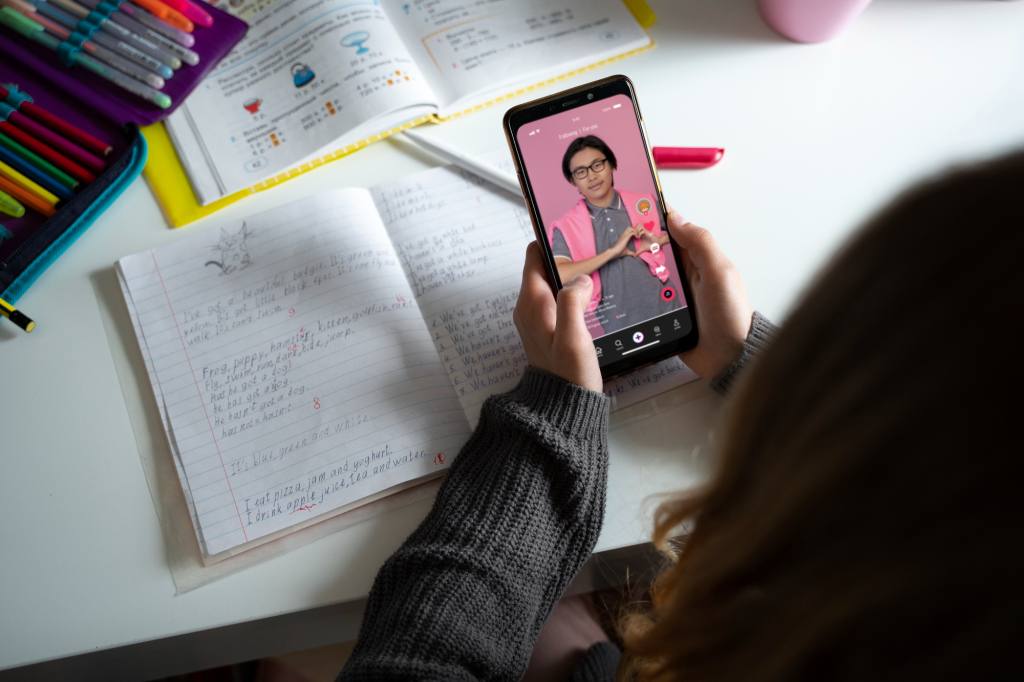TikTok has rapidly evolved from a platform known for short, entertaining videos to a valuable resource for educators. With its widespread popularity among younger audiences, it presents a unique opportunity to engage students in new and innovative ways. Educators who leverage TikTok effectively can enhance their teaching strategies, connect with students on a personal level, and make learning more accessible and enjoyable.
Engaging Students Where They Are
Students today are digital natives, spending significant amounts of time on social media platforms like TikTok. Educators who embrace this trend can meet students where they are, making learning feel less like a chore and more like an enjoyable part of their daily lives. TikTok’s format allows for bite-sized, easily digestible content that can cover everything from quick math tips to historical facts, which helps students absorb information in a fun and engaging way. By creating content that resonates with students, educators can increase engagement and foster a love for learning.

Making Complex Topics Accessible
TikTok’s short video format forces educators to distill complex topics into concise, understandable segments. This approach is particularly beneficial for students who struggle with traditional teaching methods or who need information presented in a more straightforward manner. For example, a science teacher can break down the process of photosynthesis into a series of short videos, each focusing on a different aspect of the process. This method not only simplifies the learning process but also allows students to revisit specific videos as needed, reinforcing their understanding at their own pace.
Fostering Creativity and Critical Thinking
TikTok isn’t just a platform for passive learning; it can also encourage students to engage creatively with the material. Educators can challenge students to create their own TikTok videos as part of a class project, allowing them to explore topics in a way that is meaningful to them. This kind of active participation promotes critical thinking, as students must consider how to present their ideas clearly and effectively within the constraints of a short video. Moreover, the collaborative nature of TikTok, where students can comment on and share each other’s work, fosters a sense of community and shared learning.
Building a Learning Community
One of TikTok’s most powerful features is its ability to create a sense of community. Educators can use the platform to build a network of learners, connecting students not just within a single classroom, but across the globe. By using hashtags, educators can link their content to broader educational movements, allowing students to access a wide range of perspectives and ideas. This global connectivity enhances the learning experience, exposing students to diverse viewpoints and encouraging them to think more broadly about the world.
Conclusion
TikTok offers educators a powerful tool to enhance their teaching and engage students in new, meaningful ways. By creating content that is accessible, engaging, and encourages creativity, educators can make learning more enjoyable and effective. As the educational landscape continues to evolve, platforms like TikTok will play an increasingly important role in how we teach and learn, offering endless possibilities for innovation in education. To learn more about how to effectively use TikTok in the classroom, visit the relevant resources on our website.
